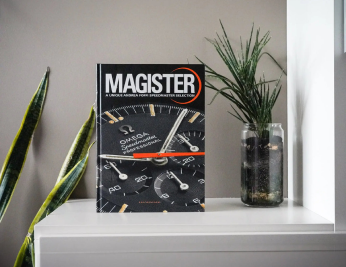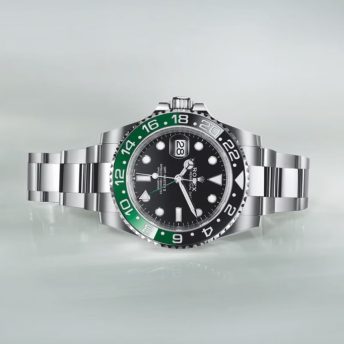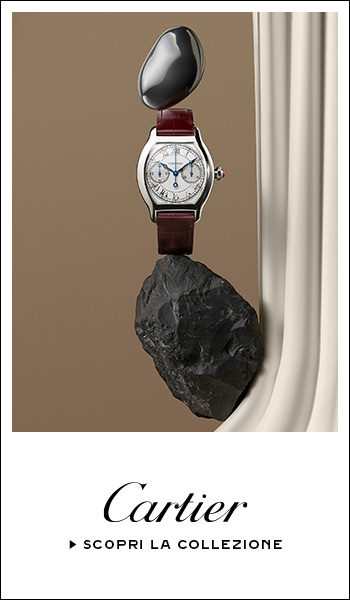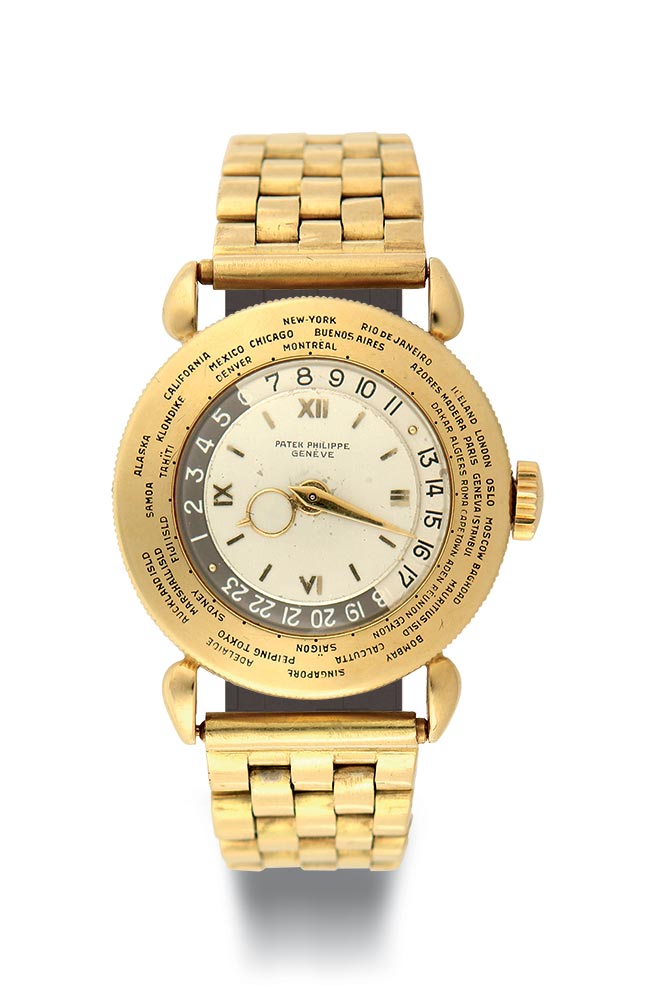Back to regular scheduled programming, in this instalment of Watch 101, let us introduce you to one of the most practical and stylish complications that can be found on a watch: the World Timer function.
Whether you’re a frequent flyer, travel addict or a businessman/woman, a useful tool to have is a watch that tells you the time of the city you’re in.
Of course, nowadays, you can check your phone, laptop or digital watch to see what time it is in any time zone around the world. But, for the real watch enthusiasts, as far as complications go, the World Timer is one of the most exciting and sought-after features.

A little bit of history….
Up until the mid-19th century, there was no worldwide standard to which time was measured. Instead, the local time was measured relative to the Sun’s position in the sky. As you could have guessed, this was an inaccurate method and proved problematic for those who travelled across time-zones (which at this point were not even a thing). A growing number of international travellers only highlighted the flaws of this method of timekeeping even more.
Rail was the transport of choice for the increasing number of travellers: they connected cities, regions and countries. Crossing borders, however, presented a challenge: each country had their own timekeeping method, and in the railway industry, timing is everything.
So, in 1879, the Chief Engineering Officer of the Canadian Railway, Sir Sandford Fleming, took Quirico Filopanti’s 1858 horological study and proposed the concept of standardised time-zones. Thus, on the 18th of November 1883, the first time-zones were established across the North American continent.
Shortly thereafter, official worldwide time-zones were set up at the International Meridian Conference (Washington, 1884).
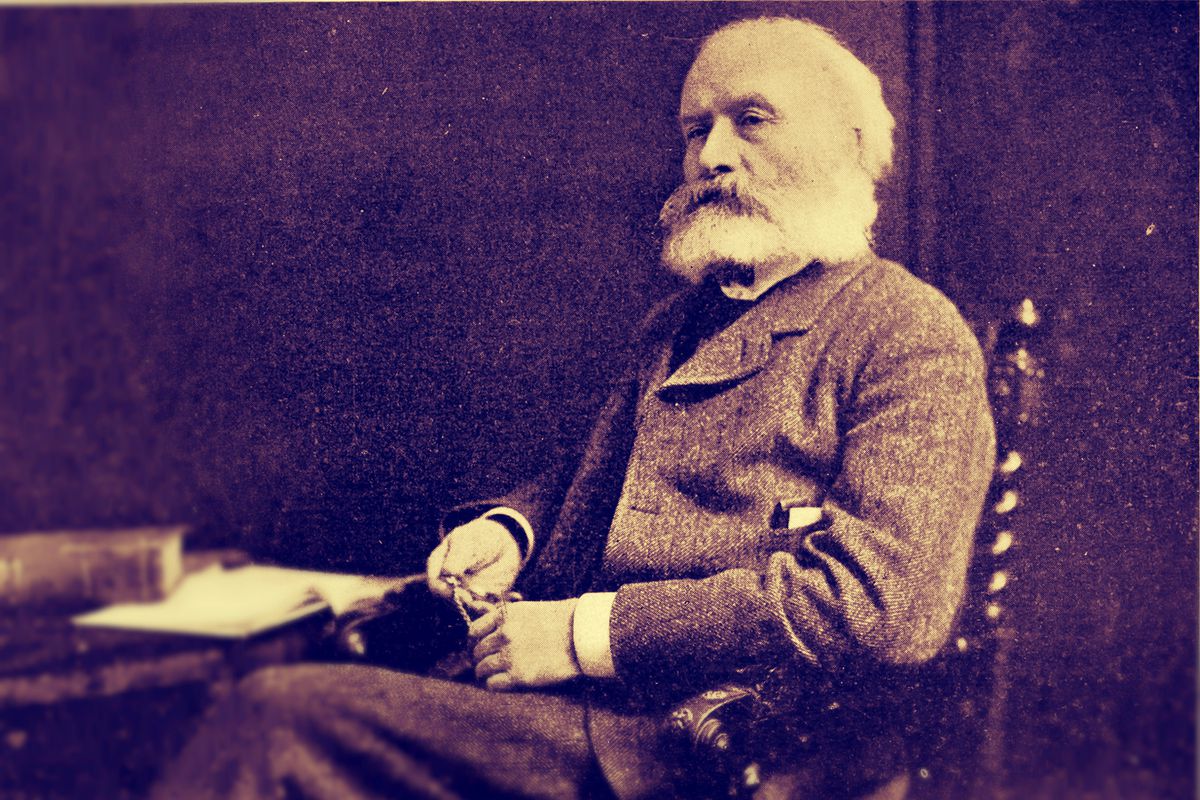
Given the – literally – global impact that these agreements had, the Swiss watch industry took it upon themselves to produce a piece that was able to mechanically display the time in all the world’s time zones… simultaneously: to allow the wearer to be able to read the time in all 24 time-zones, without having to look at 24 different dials.
The first successful attempt at a so called “World-Timer”, was made by Grandmaster Watchmaker Louis Cottier in 1931. This captured the attention of Vacheron Constantin and Patek Philippe, who were both eager to work with Cottier.
One collaboration of note is Patek Philippe’s release of the Ref. 1415HU in 1937: the smallest “World Timer”, measuring at 31mm in diameter. And we are sure you know it pretty well…
Credits: GQ France Credits: Boule Auctions
How do they work?
There are many different “World-Timers” out there: each maison gives their own take on the complication by aligning it with their design ethos and principles. They can also be different in the regulating mechanism, too.
Currently, the most precise and reliable World-Timer is Glashütte’s Senator Comopolite.
It uses a complex assembly of intermediate wheels, combined with an IATA-code stamped peripheral ring, allows the wearer to know the exact time and date of 37 different locations. The German watchmaker went above and beyond by even including the odd 30 and 45 minute time-zones, and automatically showing the difference between legal and standard mean time, just by adjusting the acronyms in the windows.

Another iconic model is the Patek-Philippe “World Time” Ref. 5230.
This masterpiece is powered by an ultra-thin automatic in-house movement: the 240 HU. Thanks to an incredibly clever and seamless translation from movement to dial, the Ref. 5230 has very straightforward legibility. This is how it works: an outer ring features the names of 24 major cities, representing the 24 time-zones. The actual time, as indicated by the hands, represents the local time in the location in the 12 o’clock position of this ring.
A small pusher, positioned at 10 o’clock, can be pressed to flick through the various time zones (1-hour increments), and the watch adjusts all the variables: local time hands, 24-hour inner disc and the outer city disc.
This last one is the more used method in the industry, as it is the easiest to read and look at.

So what?
In a world where digital technologies are king, this complication could be viewed simply as watch houses demonstrating their technical prowess and advanced craftsmanship, perhaps even viewed as redundant – a means but no end.
But herein lies their actual value: these demonstrations of grandmaster watchmaking, how such a skilful feat is driven by a precise arrangement of springs and gears is what makes complications like the World Timer so impressive. This is what allows for our passion for watches alive, and keeps the heart of the horological industry beating.
Today this complication has a place in every enthusiast’s heart, because of its history, very actual use and aesthetics. And you? What is your favorite World Timer watch?
Translated by Patrick R.


